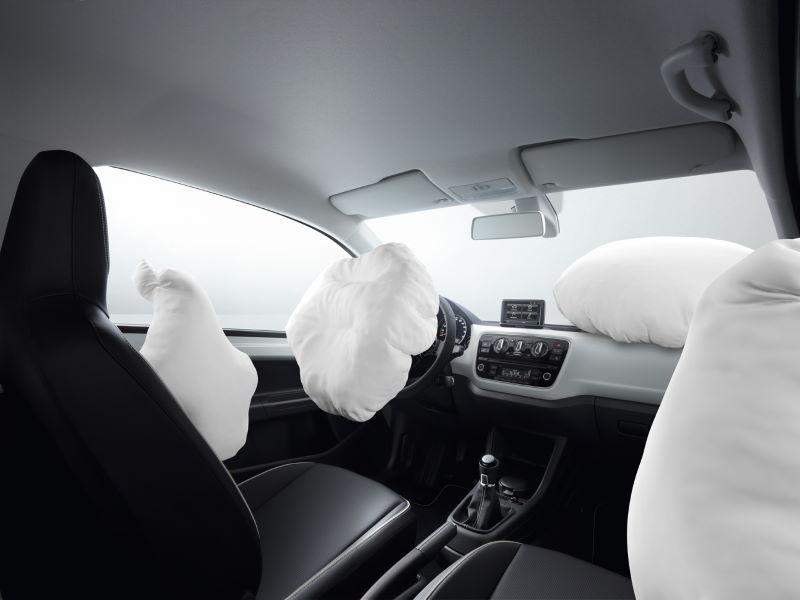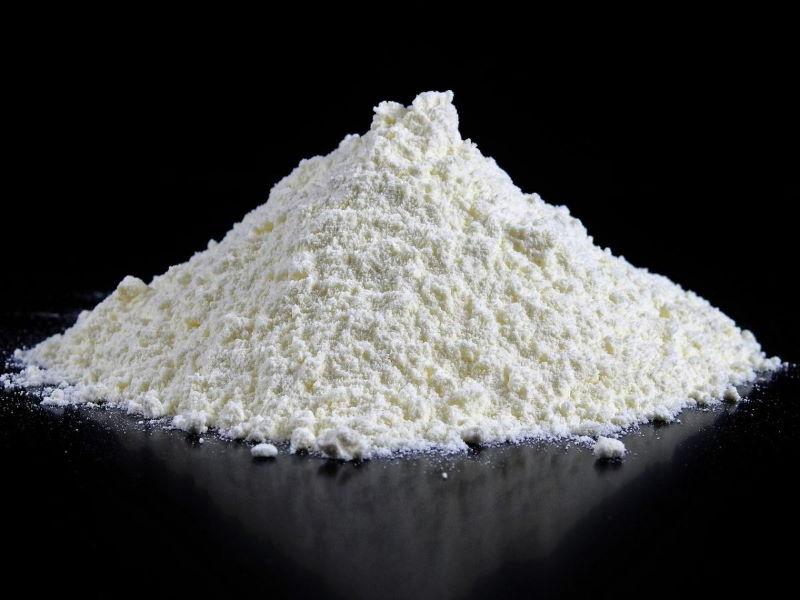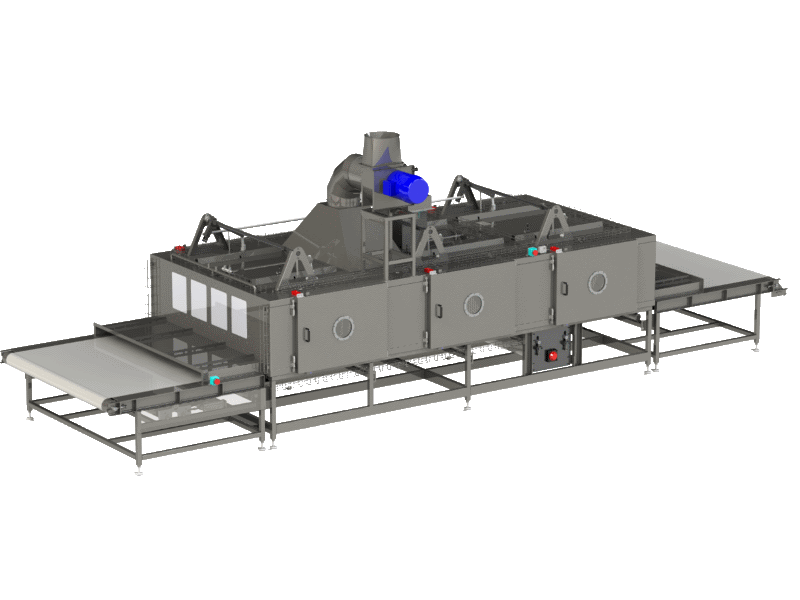Drying of polyamide powder
Our client, an airbag manufacturer, was looking for a way to quickly and effectively dry the recycled polyamide powder from plastic scraps generated during the production of the bags
Customer needs
Our client, a large chemical company, is one of the leading manufacturers of car airbags in polyamide. The shape of the airbags leads to producing a lot of scraps during the fabrication. In order to recycle this expensive raw material, and avoid further pollution, the company blend it into a very fine powder, which must be dried before being reused.
The usual drying solutions, such as fluidized bed, steam or infrared, proved to be poorly efficient, or difficult to implement in an ATEX environment. The company was therefore looking for an innovative solution for drying this sensitive product.

Main constraints
Polyamide powder is a delicate product to handle. Once dried it becomes explosive. And when it’s heated above 70 °C, it turns yellow. Moreover the moisture must be lowered from 20% to 0.5%. The challenge is to dry the powder gently and homogeneously, and safely !
The volumetric heating properties of radio frequencies and microwaves therefore seemed particularly indicated in this case, by heating the product as a whole from the inside, rather than by conduction from the surface.

Solution proposed
Our company proposed a high frequency dryer to dry the polyamide powder in a few tens of minutes. It delivers a power of 120 kW and can evaporate up to 120 kg of water per hour. It has been specially designed according to ATEX constraints, in order to avoid any risk of powder explosion.
In addition to dry the product from the inside, our unique 50 Ohm technology allows precise power and temperature control for a quick, gentle, and uniform drying.

Key benefits
The SAIREM experts have chosen the most suitable technology. Indeed, the heating selectivity of the radio frequencies on PA allow to heat the water to be evaporated, but not the polyamide powder itself. So it makes it possible to evaporate the water without exceeding the 70 °C limit.
Our engineers also determined the thickness of the product to be treated and the optimum power density in order to obtain a perfect result.
Contact us